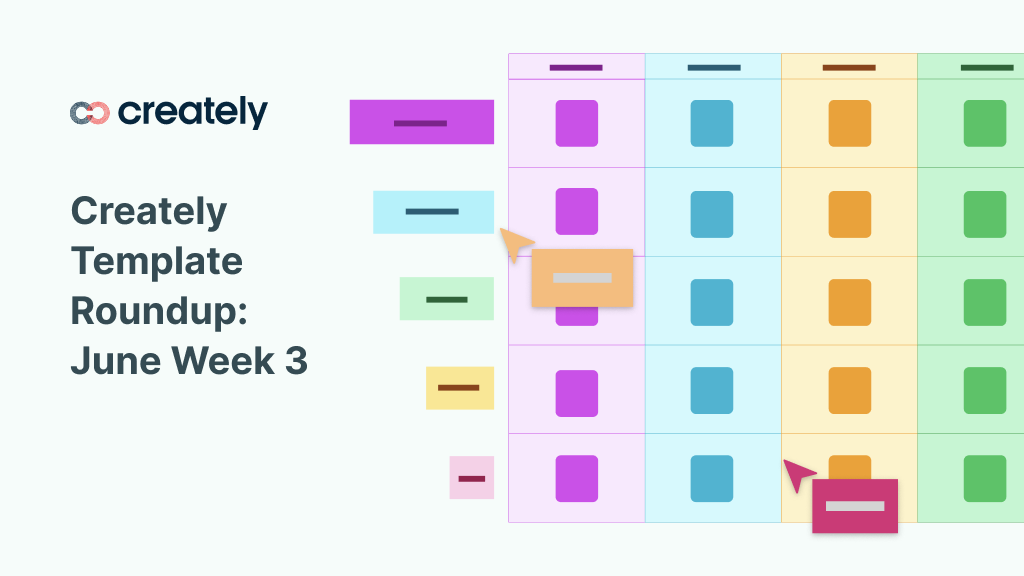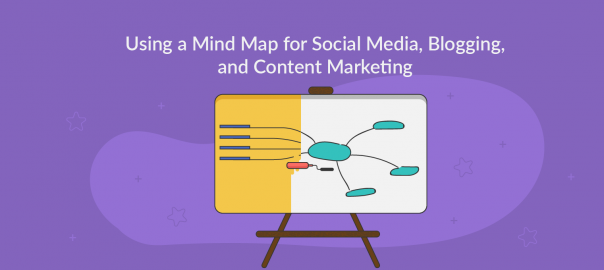Last week we shared some useful templates that would help UX designers, product managers, project managers, content creators, quality controllers, and trainers streamline their workflows.. And this week our team has created five new templates that are useful for business… Read More

